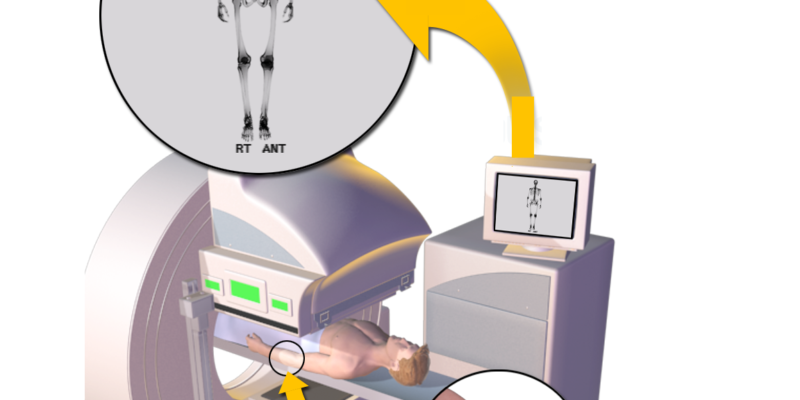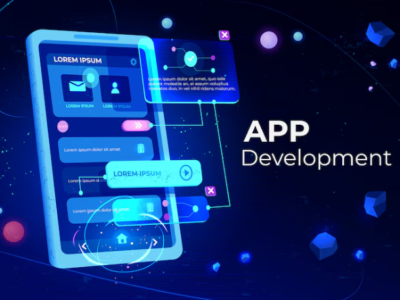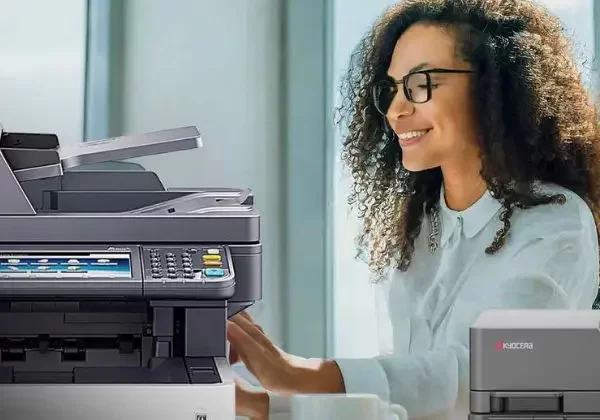
In recent years, the medical device industry has undergone a significant transformation driven by technological advancements. Among these innovations, 3D animation has emerged as a game-changing tool in medical device design and prototyping. Companies like Delta Animations are at the forefront of this revolution, leveraging their expertise in medical device animation to enhance the development process, improve communication, and drive innovation. This article explores the profound impact of 3D animation on medical device design and prototyping, highlighting how it streamlines processes and contributes to better outcomes.
Understanding 3D Animation in Medical Device Design
3D animation involves creating moving images in a three-dimensional space, allowing designers to visualize and manipulate objects in a virtual environment. In the context of medical device design, 3D animation offers a dynamic and interactive way to represent complex devices and their functionalities. By using 3D animation, designers can simulate how a device operates, visualize its internal components, and demonstrate its interactions with biological systems.
One of the primary advantages of 3D animation in medical device design is its ability to provide a comprehensive view of a device’s functionality. Traditional design methods often rely on static 2D drawings or physical prototypes, which can be limiting in terms of understanding how a device performs in real-world scenarios. 3D animation, on the other hand, allows for a more immersive and detailed exploration of a device’s operation, helping designers identify potential issues and optimize performance.
Streamlining Prototyping with 3D Animation
Prototyping is a crucial phase in medical device development, as it involves creating a working model of a device to test its functionality and gather feedback. Traditionally, prototyping has been a time-consuming and costly process, often requiring multiple iterations and physical prototypes. However, 3D animation has revolutionized this process by enabling virtual prototyping and simulation.
Delta Animations, a leader in medical device animation, provides advanced 3D animation services that facilitate virtual prototyping. By creating detailed 3D models of medical devices, Delta Animations allows designers to simulate their functionality, assess their performance, and make necessary adjustments before physical prototypes are built. This approach not only accelerates the prototyping process but also reduces costs associated with materials and manufacturing.
Enhancing Communication and Collaboration
Effective communication and collaboration are essential for successful medical device development. Designers, engineers, regulatory professionals, and stakeholders need to share a clear understanding of a device’s design and functionality. 3D animation plays a vital role in bridging communication gaps and ensuring that all parties involved have a common vision.
With 3D animation, medical device concepts can be presented in a visually compelling and easily understandable format. Complex technical details are translated into engaging animations that showcase how a device works, its features, and its benefits. This visual representation helps stakeholders grasp intricate concepts quickly, facilitates discussions, and streamlines decision-making processes.
Moreover, 3D animation can be used to create educational and training materials for medical professionals. Animated simulations can demonstrate the proper use of a device, highlight its key features, and provide step-by-step instructions. This enhances training programs, improves user comprehension, and ultimately contributes to better patient outcomes.
Accelerating Innovation and Reducing Risks
Innovation is a driving force in the medical device industry, and 3D animation is a catalyst for accelerating this process. By providing a virtual environment for experimentation and exploration, 3D animation allows designers to test new ideas, iterate quickly, and explore alternative design solutions.
Delta Animations’ expertise in medical device animation supports innovation by enabling rapid visualization of new concepts. Designers can experiment with different design configurations, materials, and mechanisms in a virtual setting, gaining valuable insights without the need for costly physical prototypes. This iterative approach fosters creativity, encourages experimentation, and ultimately leads to the development of more innovative and effective medical devices.
Additionally, 3D animation helps mitigate risks associated with medical device design. By simulating a device’s performance in various scenarios, designers can identify potential issues, assess safety concerns, and address design flaws before they manifest in physical prototypes. This proactive approach reduces the likelihood of costly redesigns and ensures that devices meet the highest standards of safety and efficacy.
Applications of 3D Animation in Medical Device Design
The applications of 3D animation in medical device design are diverse and impactful. Some notable applications include:
- Device Visualization: 3D animation provides a detailed view of medical devices, including their internal components and mechanisms. This visualization helps designers understand how devices work and identify areas for improvement.
- Functional Simulation: Animations can simulate how a device operates in real-world scenarios, allowing designers to test its functionality, assess performance, and make necessary adjustments.
- Regulatory Submissions: 3D animations can be included in regulatory submissions to provide clear and comprehensive representations of a device’s design and functionality. This enhances the approval process and facilitates communication with regulatory agencies.
- Marketing and Education: Animated simulations can be used for marketing purposes, showcasing the benefits and features of a device to potential customers. Additionally, animations serve as valuable educational tools for training medical professionals on device usage.
- Patient Education: 3D animations can be used to educate patients about their medical conditions and the devices used for treatment. This helps patients understand their treatment options and fosters informed decision-making.
Conclusion
The impact of 3D animation on medical device design and prototyping is profound and transformative. Companies like Delta Animations are leading the way in harnessing the power of 3D animation to enhance device design, streamline prototyping, improve communication, and drive innovation. By leveraging 3D animation, the medical device industry can accelerate development timelines, reduce costs, and ultimately deliver safer and more effective devices to improve patient outcomes.
As technology continues to advance, the role of 3D animation in medical device design will only become more integral. Embracing these innovations will enable designers and developers to push the boundaries of what is possible, leading to groundbreaking solutions and a brighter future for medical technology.










